9 Views· 14 August 2022
Guadeloupe (travel-documentary from the season
Creolic life style and diverse nature! Enjoy the caribbean!
Our Playlist for the Caribbean: https://goo.gl/QnJtGS
Subscribe to our channel for more travels: https://goo.gl/tIk2Qc
Follow wocomo on Facebook: https://www.facebook.com/wocomo/
The French Caribbean Island Guadeloupe looks from above like two butterfly wings. Its two islands Grande Terre and Basse Terre are separated only by a narrow channel. The modern infrastructure and the good food are mixed with the local culture. Gwoka is the music of Guadeloupe, which is reminiscent of slavery.
Located on the lesser Antilles, Guadeloupe is the French part of the Caribbean and belongs to the European Union. It consists out of different islands: Grande Terre consists of limestone with long beautiful beaches, Basse Terre is a mountainous island with extensive rainforest and the volcano, la Soufrière. There are also the smaller islands of Marie-Galante and La Désirade, the Îles de la Petite Terre and the Îles des Saintes.
When Christopher Columbus came to Guadeloupe in 1493, the existing populations were the Caribs. But Christopher Columbus did not stay, because the Spanish wanted to discover larger islands. The smaller island in the Caribbean were colonized by the British and French, so in 1635 Guadeloupe by the French. It was mainly farmers from Normandie, Brittany and Charente settled on the island and cultivated Coffee and sugarcane plantations.
With the French revolution, slavery was abolished in 1794, but it was reintroduced by Napoleon in 1802 because of the cheap labour and lasted until 1848.
The civilization today is creole, a melting pot: French, the descendants of black slaves, Indian immigrants, Syrian-Libanese immigrants and nowadays Chinese immigrants. Creole cuisine is a mixture of European food with African ingredients, oriental flavours and products from the Caribbean.
Gwoka is the traditional music on Guadeloupe, but not only music and danse, but also the joy of life and a reminder of the time of slavery
by Hannes Naderhirn, 2010, future production&promotion
-------
Caribbean Moments shows a different side to the Caribbean. Everyone visualises sand, sunshine and palm trees – but hardly anyone really discovers what lies behind them. In fact an unbelievable variety of cultures, music and religions has developed as a result of the different influences – African, Indian, English, French and authentically Caribbean.
This documentary series attempts to portray the people - be they the Rastas, who have a lot to say about their mission, the Amerindians in Trinidad, who still have their own Queen, or the Black Caribs – a mixture of escaped slaves and Caribs.
In addition, of course, there’s a huge variety of music: steelpan, parang, calypso, soca and chutney soca shape Trinidad, whilst other islands are especially scenically beautiful, such as Dominica, which is actually a single rain forest and which seduces with its abundant vegetation. Here too are the true Caribs, who occupy themselves with traditional boat building in the same way as their ancestors did centuries ago.
The films were produced in 6 parts to create a documentary series that shows what lies beneath the surface.




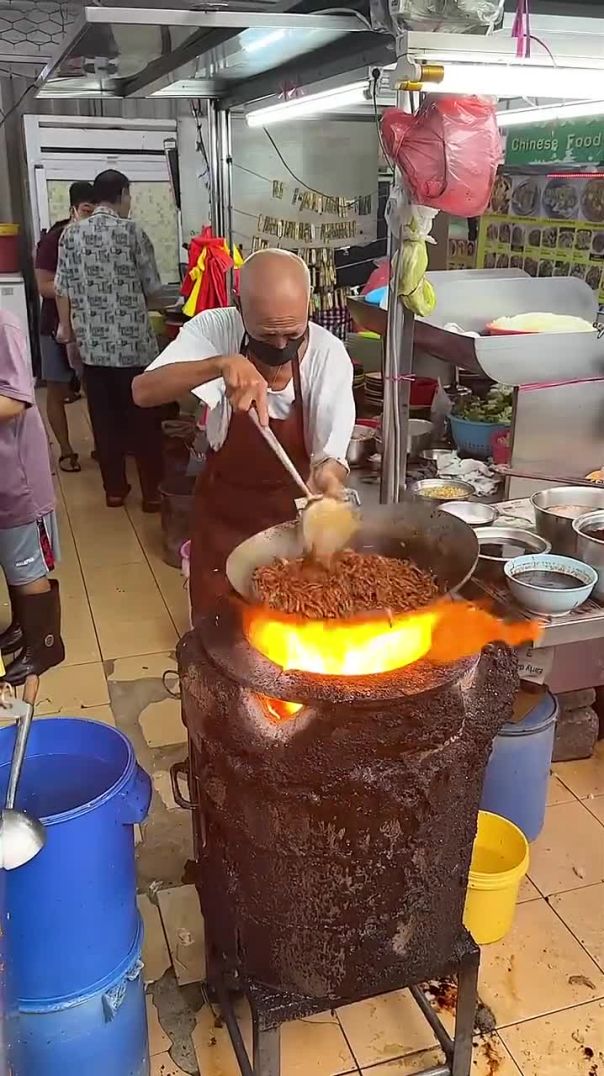


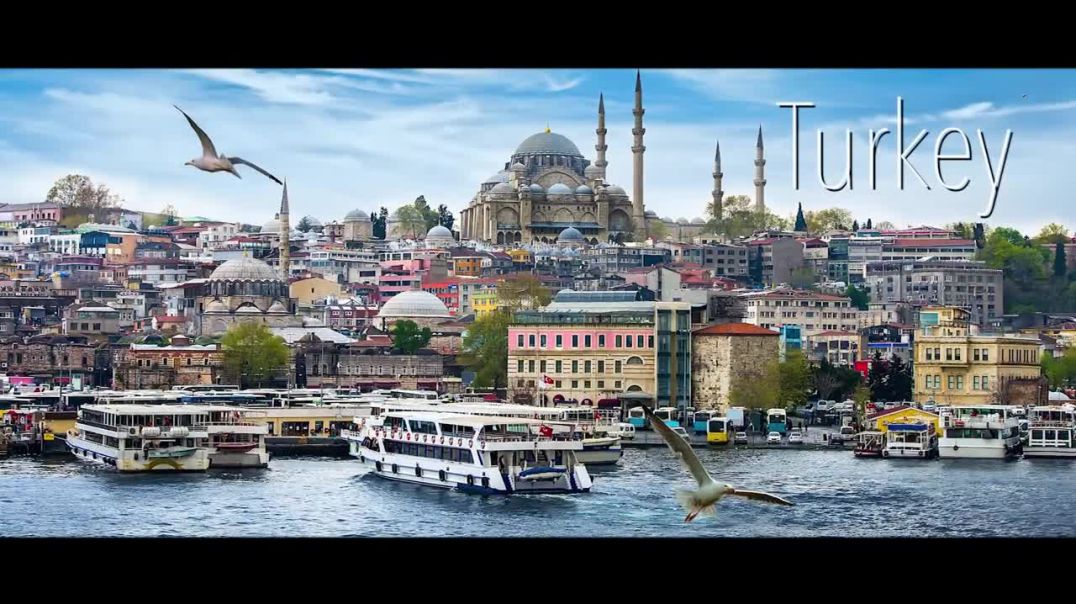
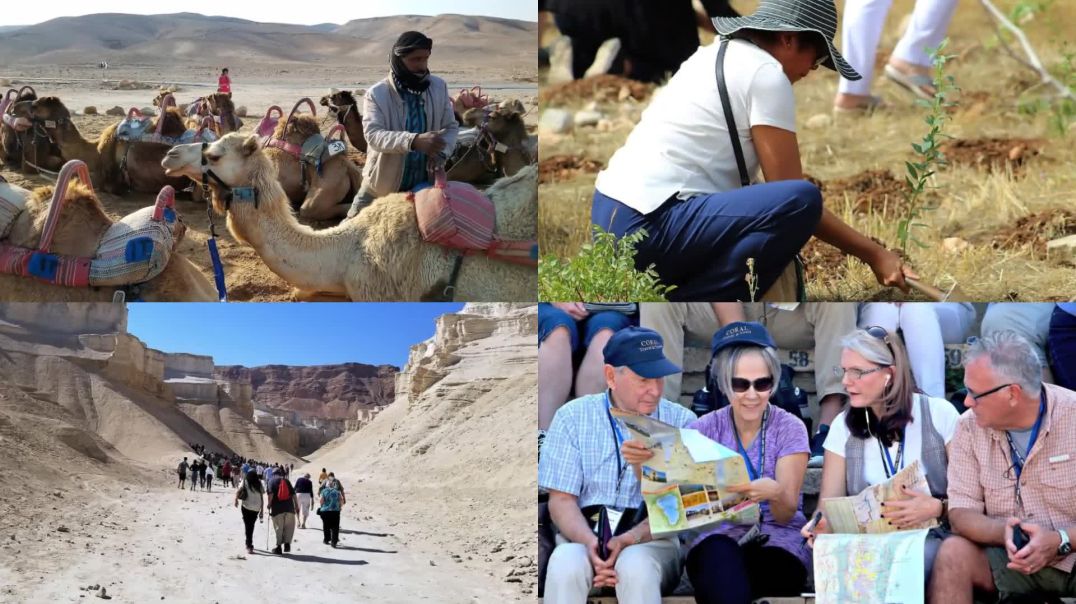
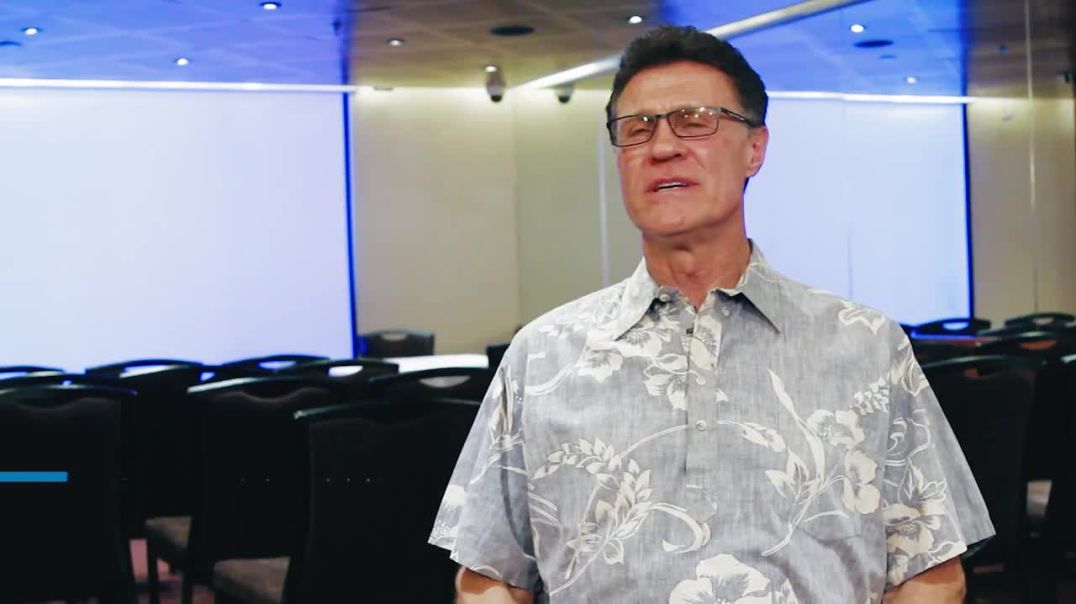









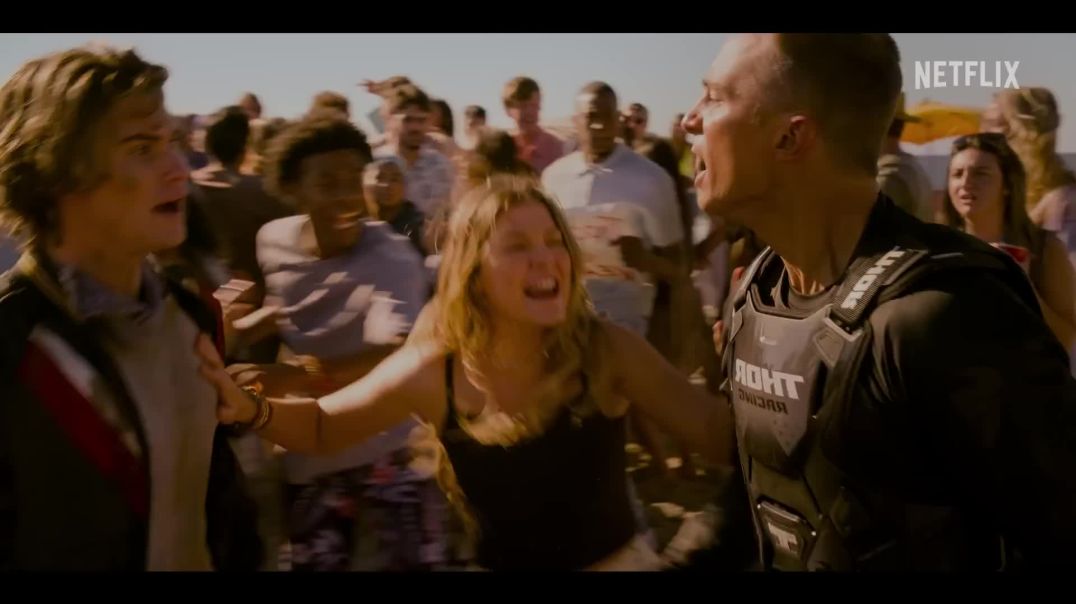







0 Comments